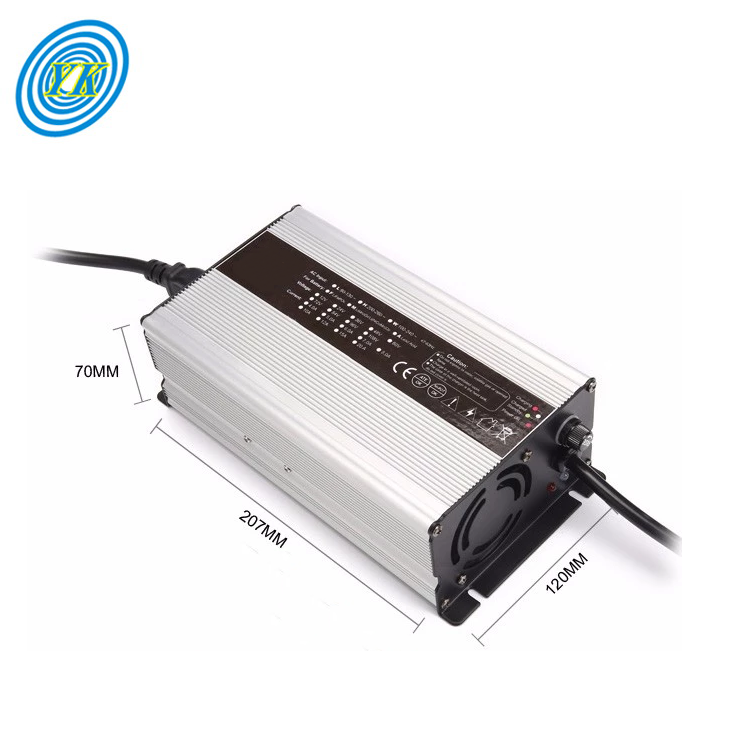News
Understanding the Evolution and Impact of Modern Charging Technologies: A Focus on YUCOO Chargers
Click: 576 Date: 12/21/2023 4::26::45 PM
Understanding the Evolution and Impact of Modern Charging Technologies: A Focus on YUCOO Chargers
Exploring the Functionality of On-Board Chargers
On-board chargers (OBCs) are integral components of electric vehicles (EVs), responsible for converting alternating current (AC) from the power grid into direct current (DC) to charge the vehicle's battery. This process of conversion is essential because while our power grids supply AC due to its higher transmission efficiency and safety, batteries can only store and operate on DC.
AC, due to its changing direction, frequency, magnitude, and phase over time, can induce changes in the direction and magnitude of magnetic fields. This feature enables AC to reduce electromagnetic interference and line impedance, thereby achieving higher energy transmission efficiency and lower energy loss over long distances. On the other hand, DC is unidirectional, and its magnitude does not change over time. This results in a decrease in power transmission as it travels further. Due to these reasons, most appliances use AC motors.
When it comes to batteries, they can only store unidirectional or polarized current, making them inherently DC sources. This creates a challenge as our power grids supply AC, but charging batteries requires DC. This is where OBCs come into play. They convert the high-voltage AC supplied by the power grid or external charging stations into low-voltage DC (through a Battery Management System) and then supply it to the battery for charging.
An OBC typically consists of three main parts: the input circuit that transfers AC from the power grid into the on-board charger, the control circuit responsible for monitoring and adjusting parameters such as current, voltage, and temperature, and the output circuit that delivers the converted DC to the EV's battery pack.
However, the charging process of an EV is not just about going from the power grid, through the OBC, and then converting AC to DC. It also involves the charging station, charging cables, charging plugs, vehicle socket interfaces, and commands from the Battery Management System (BMS), or DC/DC transformers, to transform the voltage before charging the EV's battery.
In conclusion, OBCs play a crucial role in EVs by ensuring the smooth conversion from AC to DC, thereby enabling the efficient charging of the vehicle's battery from the power grid. As EV technology continues to evolve, we can expect advancements in OBC functionality and efficiency.
The Advantages of Intelligent Chargers in Modern Devices
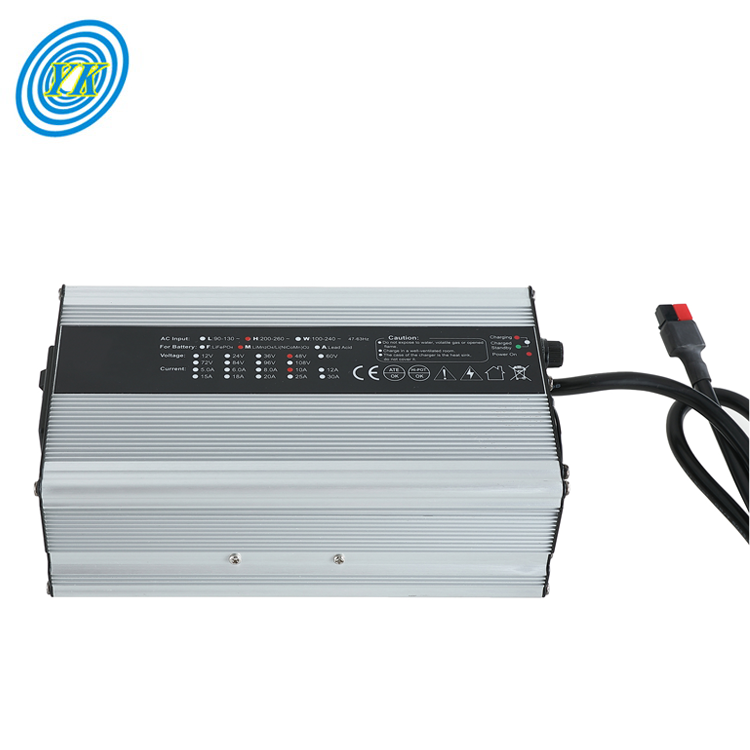
Intelligent chargers, also known as smart chargers, have revolutionized the way we power our modern devices. They come with several advantages that make them an essential part of our daily lives.
One of the main advantages of intelligent chargers is their ability to adapt to the power requirements of the device they are charging. Unlike traditional chargers, which deliver a fixed power output, intelligent chargers can detect the device's power needs and adjust the power output accordingly. This ensures maximum efficiency and safety during the charging process, reducing the risk of overheating or damaging the device's battery.
Another advantage of intelligent chargers is their increased efficiency. They employ advanced communication protocols to optimize power transfer and minimize energy wastage. This makes the charging process more efficient and environmentally friendly.
Intelligent chargers also offer broader compatibility. They can be used with a wider range of devices, from smartphones and tablets to laptops and IoT devices. This is due to their adaptive charging capabilities and higher power outputs.
Intelligent chargers are also equipped with advanced safety features. For instance, they incorporate better heat management systems and more precise foreign object detection mechanisms. This ensures that the charging process is safe and that the device being charged is protected from potential damage.
Lastly, intelligent chargers offer consistency in charging. They ensure that devices are always in the optimal position for charging, providing a consistent charging experience every time. This removes the guesswork from the user and makes the charging process more convenient.
In conclusion, intelligent chargers offer several advantages that make them an essential tool in our modern world. They provide a safer, more efficient, and more convenient way to charge our devices, meeting the growing demands of today's tech-savvy users and the next generation of devices.
The Rising Popularity of Wireless Chargers
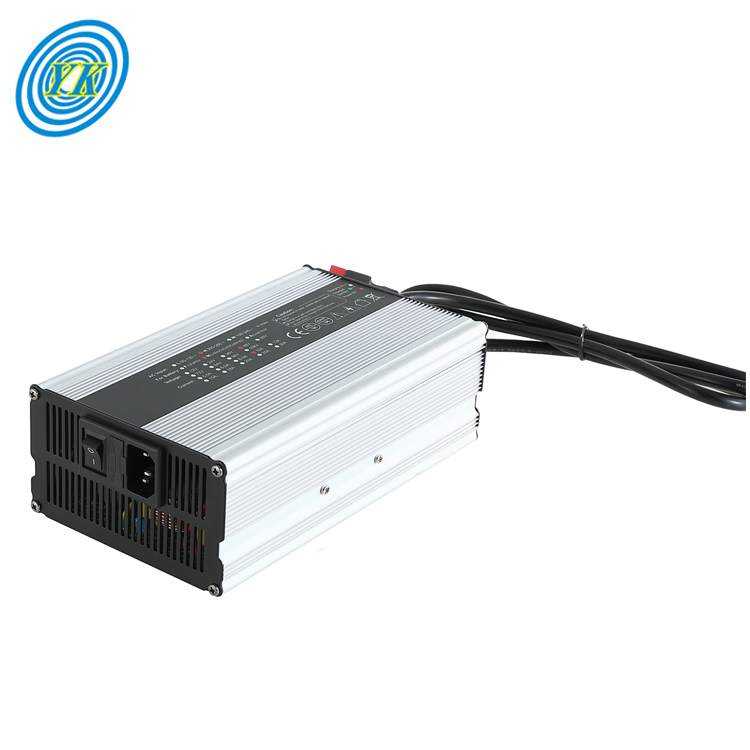
The shift towards wireless charging is becoming more evident as technology continues to evolve. Initially perceived as a novelty, wireless charging has now become an essential part of our daily lives, thanks to its convenience and versatility.
Wireless charging technology has seen significant growth and adoption in recent years. The global market for wireless charging surpassed USD 12 billion in 2022 and is expected to grow at a compound annual growth rate (CAGR) of over 25% between 2023 and 2032. This growth is largely driven by increasing reliance on smart IoT devices and the burgeoning ICT sector worldwide.
The appeal of wireless chargers is primarily due to their compact design and ease of installation. They can be set up almost anywhere without requiring significant changes to home or office setups. Moreover, with the evolution of wireless charging standards, most wireless chargers today can accommodate a variety of Qi-ready devices.
Despite its rapid growth, the wireless charging technology does face some challenges. High costs compared to wired alternatives may limit its adoption, particularly in underdeveloped regions. Furthermore, wireless chargers that are designed to power multiple devices simultaneously tend to be more expensive.
Another challenge is the potential for interference with other devices. Some wireless chargers operate on similar frequencies to Wi-Fi routers, and as the strength of these chargers increases, the likelihood of interference also increases.
Despite these challenges, the future of wireless charging looks promising. Continuous technological upgrades in the IT sector and improvements in battery life due to tech innovations are expected to create lucrative opportunities for the industry. With ongoing research and development, it is anticipated that the range and efficiency of wireless chargers will continue to improve, further driving their adoption.
The Impact of Fast Chargers on Device Performance
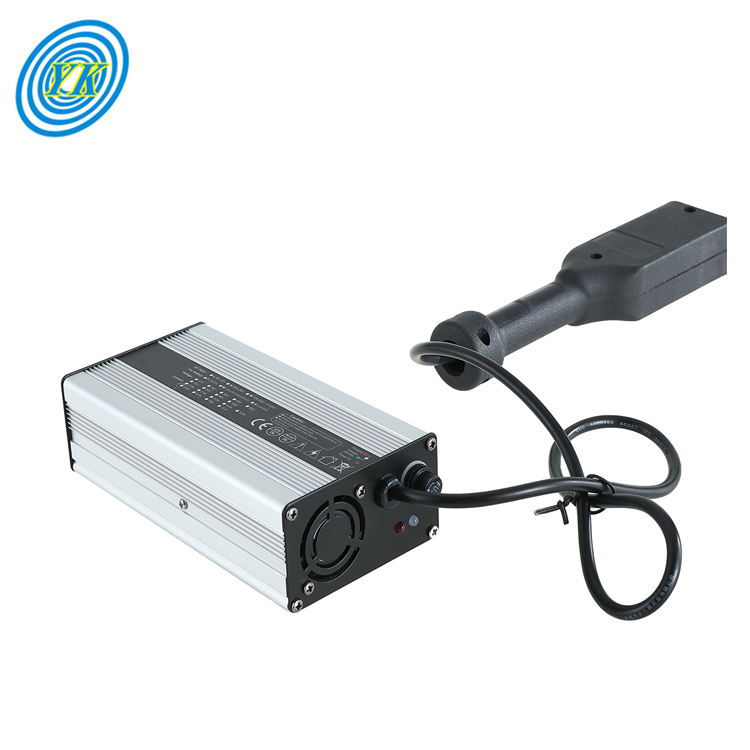
Fast charging technology has made significant strides in recent years, offering users the convenience of recharging their devices in a fraction of the time it once took. However, this technology's impact on device performance is a topic of ongoing discussion.
One of the primary advantages of fast chargers is their ability to significantly reduce the amount of time needed to recharge a device. This is particularly beneficial for devices that are heavily used throughout the day, such as smartphones and laptops, as it allows users to quickly recharge their devices and continue using them with minimal disruption.
However, the use of fast chargers can also have potential drawbacks. One such drawback is that the rapid influx of power can generate a significant amount of heat, which can potentially lead to issues such as overheating, reduced battery lifespan, and even damage to the device in extreme cases. This is particularly relevant for devices that are not specifically designed to handle fast charging, as they may not have the necessary safeguards in place to handle the increased heat production.
Furthermore, there is also the consideration of battery health. While fast charging can fill a battery quickly, it can also strain the battery if used consistently over a long period of time. This can lead to a reduction in the overall lifespan of the battery, requiring users to replace their batteries more frequently.
In conclusion, while fast chargers offer numerous benefits in terms of reduced charging times, they can also potentially impact device performance and longevity. Therefore, users need to balance the convenience of fast charging with the potential impact on their device's performance and lifespan.
The Role of High-Capacity Chargers in Powering Large Devices
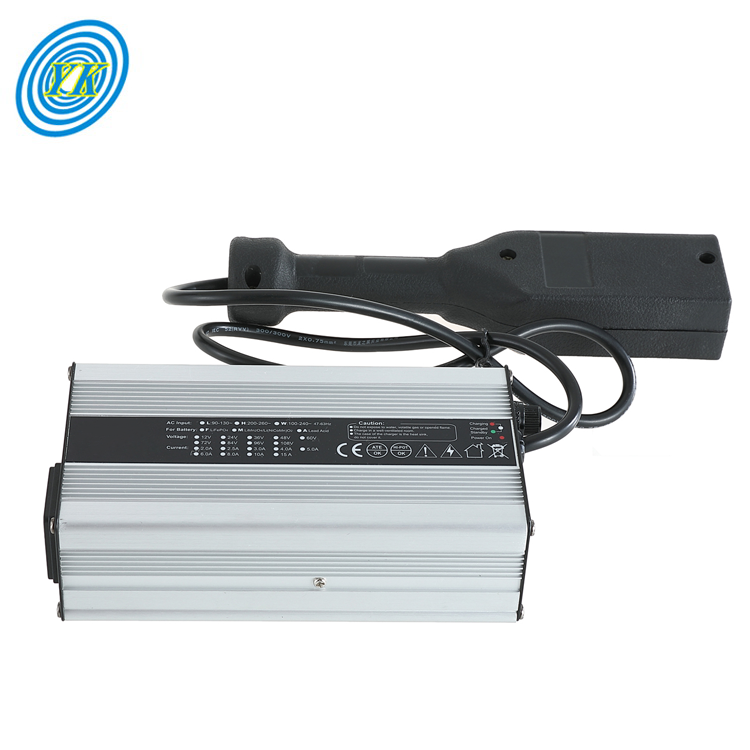
High-capacity chargers play a crucial role in powering large devices, providing them with the necessary energy to operate efficiently and effectively. These chargers are often used in industries where energy demand is high, such as electric vehicles, data centers, or heavy machinery operations.
The concept of high-capacity charging is not new, but recent advancements in technology have made it a practical and efficient solution in many applications. These chargers can store a large amount of energy and distribute it to devices as needed. This ability to store and distribute high amounts of energy makes them an ideal solution for large devices that require significant power to operate.
These high-capacity chargers can also offer benefits such as faster charging times and improved energy efficiency. For instance, the use of high-capacity chargers can significantly reduce the charging time for electric vehicles, making them more convenient for consumers. Similarly, these chargers can also improve the energy efficiency of data centers by providing a constant and reliable power supply.
Moreover, the development of high-capacity chargers also contributes to sustainable energy practices. For example, they can be designed to work with renewable energy sources, storing energy when it's abundant (like during the day for solar power), and releasing it when needed.
However, the design and implementation of high-capacity chargers can be complex. They require careful engineering to ensure they can handle the high power levels without overheating or causing other issues. Furthermore, they also need to be compatible with the devices they are charging, which can vary widely in terms of power requirements and charging protocols.
In conclusion, high-capacity chargers play a pivotal role in powering large devices. As technology continues to evolve, we can expect to see further advancements in high-capacity charging solutions that will make them even more efficient and versatile in the future.
